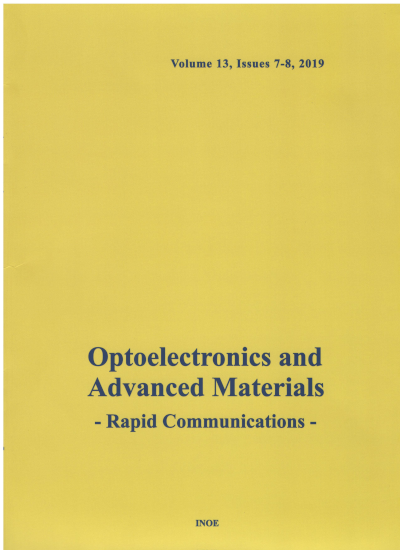Abstract
The growing demand for a high-speed Free Space Terrestrial Optical Link (FSTOL) under adverse atmospheric channel
conditions is essential for next-generation wireless communication networks while retaining high throughput and reliability.
In this research paper, we propose a cost-effective architecture of a high-speed multi-channel (32x40) Gb/s Dense
Wavelength Division Multiplexing (DWDM)-based terrestrial optical link and investigate its performance under strong
turbulent and different weather conditions such as haze, rain, and fog to identify the optimum link distance. Furthermore, the
integration of higher-order modulation schemes like Quadrature Amplitude Modulation (16-QAM) along with the robustness
of Orthogonal Frequency Division Multiplexing (OFDM) and DWDM multiplexing techniques helps to achieve a higher data
rate and effective bandwidth utilization with low attenuation for longer link distances. The investigation dealt deep into
performance metrics such as Bit Error Rate (BER), average received power, and optimum link distance in the adverse
atmospheric weather scenario. The simulative result clearly shows the degraded signal quality below an acceptable
threshold BER level of ≤ 2 × 10−3 at Optical Signal to Noise Ratio (OSNR) of 17 dB for the transmission range beyond 2
km, 0.5 km, and 0.4 km under dense haze, heavy rain, and dense fog conditions.
Keywords
Atmospheric Turbulence, Bit Error Rate (BER), Free Space Terrestrial Optical Link (FSTOL), Eye diagram, Hermite
Gaussian (HG), Mode division multiplying (MDM), Orthogonal Frequency Division Multiplexing (OFDM), Optical Signal
to Noise Ratio (OSNR), Quadrature Amplitude Modulation (QAM).
Citation
SHIVAJI SINHA, KAMAL KISHORE UPADHYAY, CHAKRESH KUMAR, GHANENDRA KUMAR, Impact analysis of adverse climate on long-haul 1280 Gb/s, hybrid multiplexed FST optical link, Optoelectronics and Advanced Materials - Rapid Communications, 19, 1-2, January-February 2025, pp.84-94 (2025).
Submitted at: Oct. 23, 2024
Accepted at: Feb. 3, 2025
